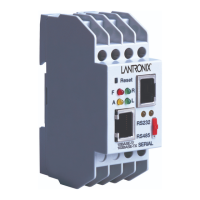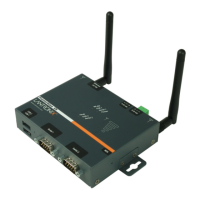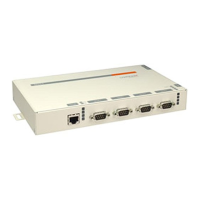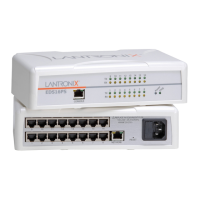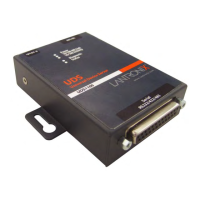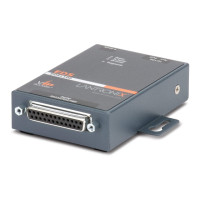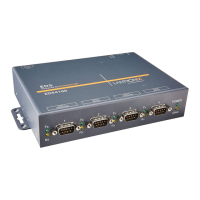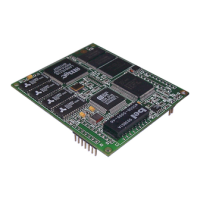Glossary
Source Code:
Programs in an uncompiled or unassembled form.
Switch:
Multiport Ethernet device designed to increase network performance by allowing only essential traffic
on the attached individual Ethernet segments. Packets are filtered or forwarded based upon their
source and destination addresses.
TCP/IP:
Transmission Control Protocol (TCP) and Internet Protocol (IP) are the standard network protocols in
UNIX environments. They are almost always implemented and used together and called TCP/IP.
Telnet:
Telnet is an application that provides a terminal interface between hosts using the TCP/IP network
protocol. It has been standardized so that "telnetting" to any host should give one an interactive
terminal session, regardless of the remote host type or operating system. Note that this is very
different from the LAT software, which allows only local network access to LAT hosts only.
10BASE-T:
Ethernet running on unshielded twisted pair (UTP) cable. Note that 10BASE-T is a point-to-point
network media, with one end of the cable typically going to a repeater/hub and the other to the
network device.
100BASE-TX
Specifies 100-Mbps operation using the CSMA/CD protocol over two pairs of category 5 UTP cable.
Terminal Server:
A concentrator that facilitates communication between hosts and terminals.
TFTP:
Trivial File Transfer Protocol. On computers that run the TCP/IP networking software, TFTP is used to
quickly send files across the network with fewer security features than FTP.
Throughput:
The amount of data transmitted between two points in a given amount of time, e.g., 10 Mbps.
Topology:
The arrangement of the nodes and connecting hardware that comprises the network. Types include
ring, bus, star and tree.
Twisted-Pair Cable:
Inexpensive, multiple-conductor cable comprised of one or more pairs of 18 to 24 gauge copper
strands. The strands are twisted to improve protection against electromagnetic and radio frequency
interference. The cable, which may be either shielded or unshielded, is used in low-speed
communications, as telephone cable. It is used only in baseband networks because of its narrow
bandwidth.
UTP:
Unshielded twisted pair, one or more cable pairs surrounded by insulation. UTP is commonly used as
telephone wire.
12-6 XPort™ User Manual and Development Kit
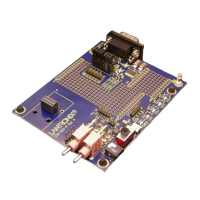
